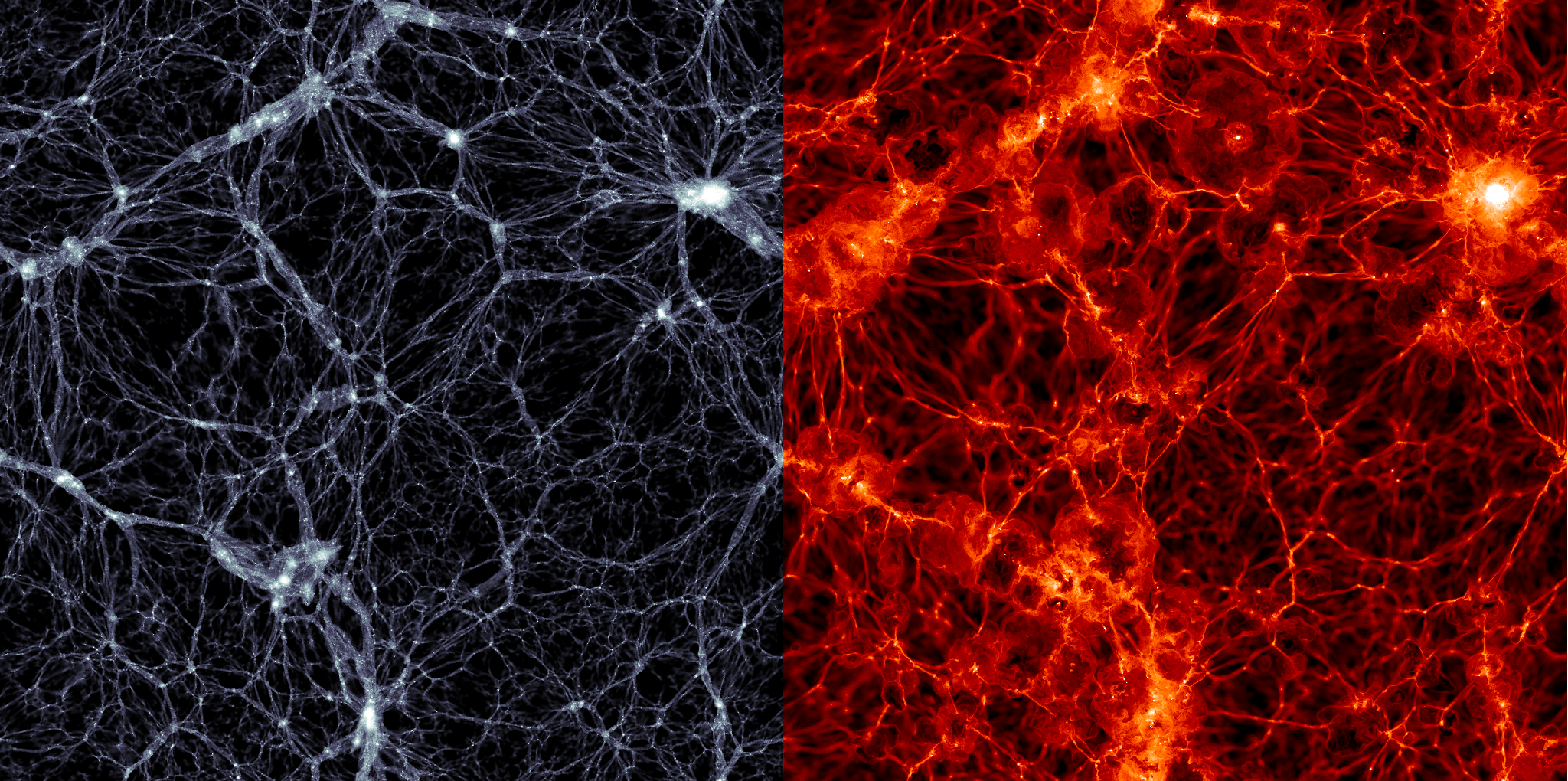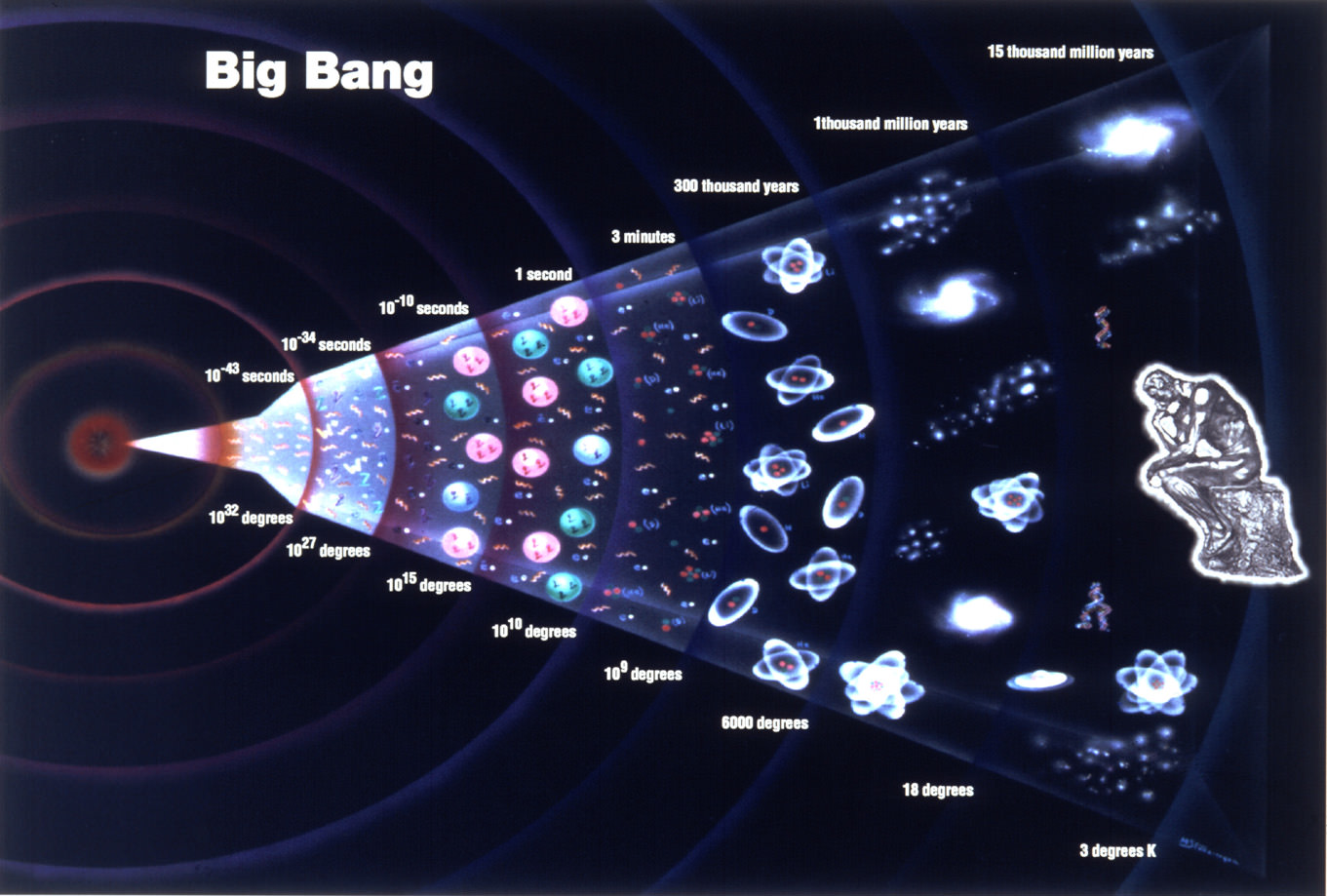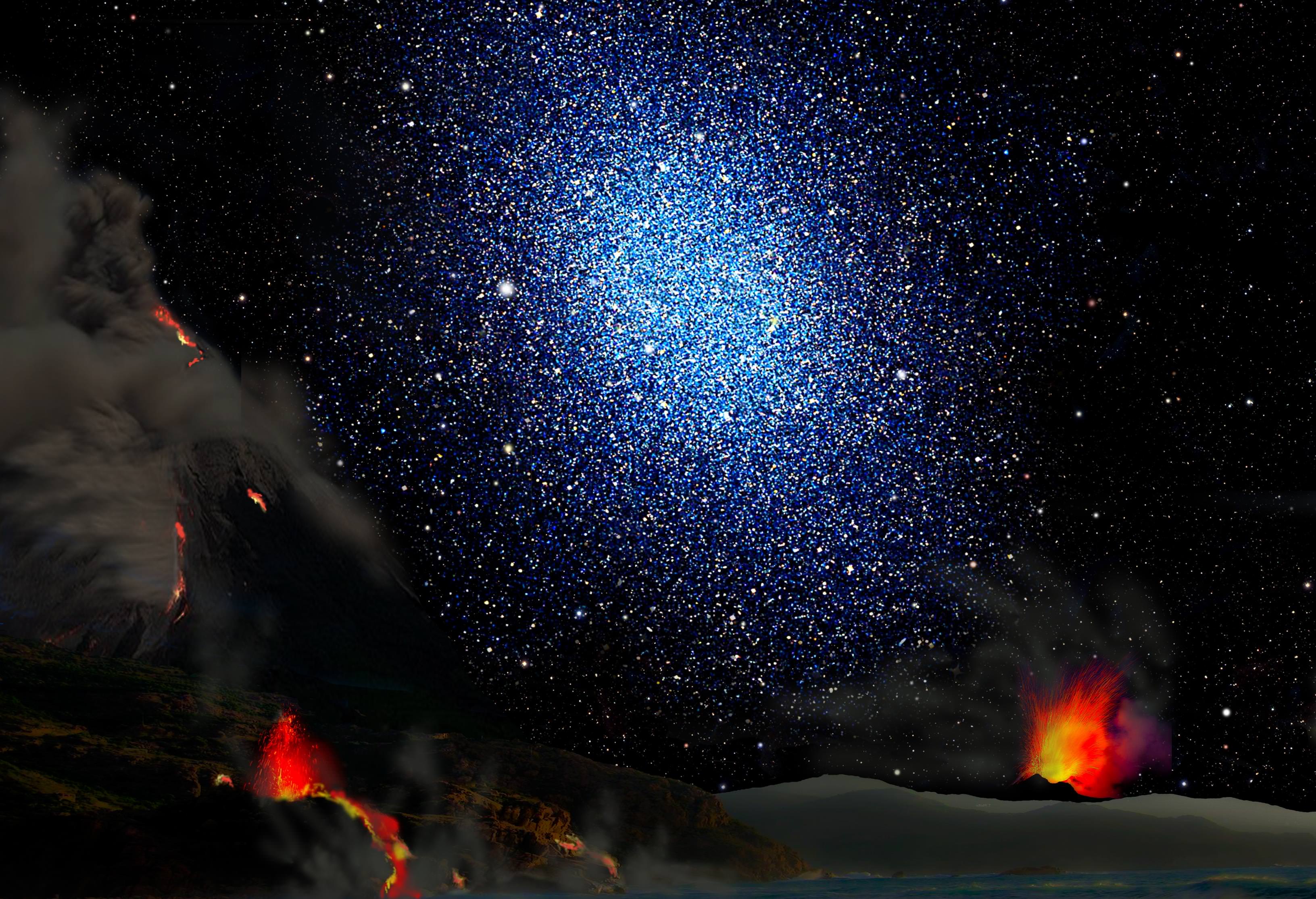Since the birth of modern astronomy, scientists have sought to determine the full extent of the Milky Way galaxy and learn more about its structure, formation and evolution. At present, astronomers estimate that it is 100,000 to 180,000 light-years in diameter and consists of 100 to 400 billion stars – though some estimates say there could be as many as 1 trillion.
And yet, even after decades of research and observations, there is still much about our galaxy astronomers do not know. For example, they are still trying to determine how massive the Milky Way is, and estimates vary widely. In a new study, a team of international scientists presents a new method for weighing the galaxy based the dynamics of the Milky Way’s satellites galaxies.








